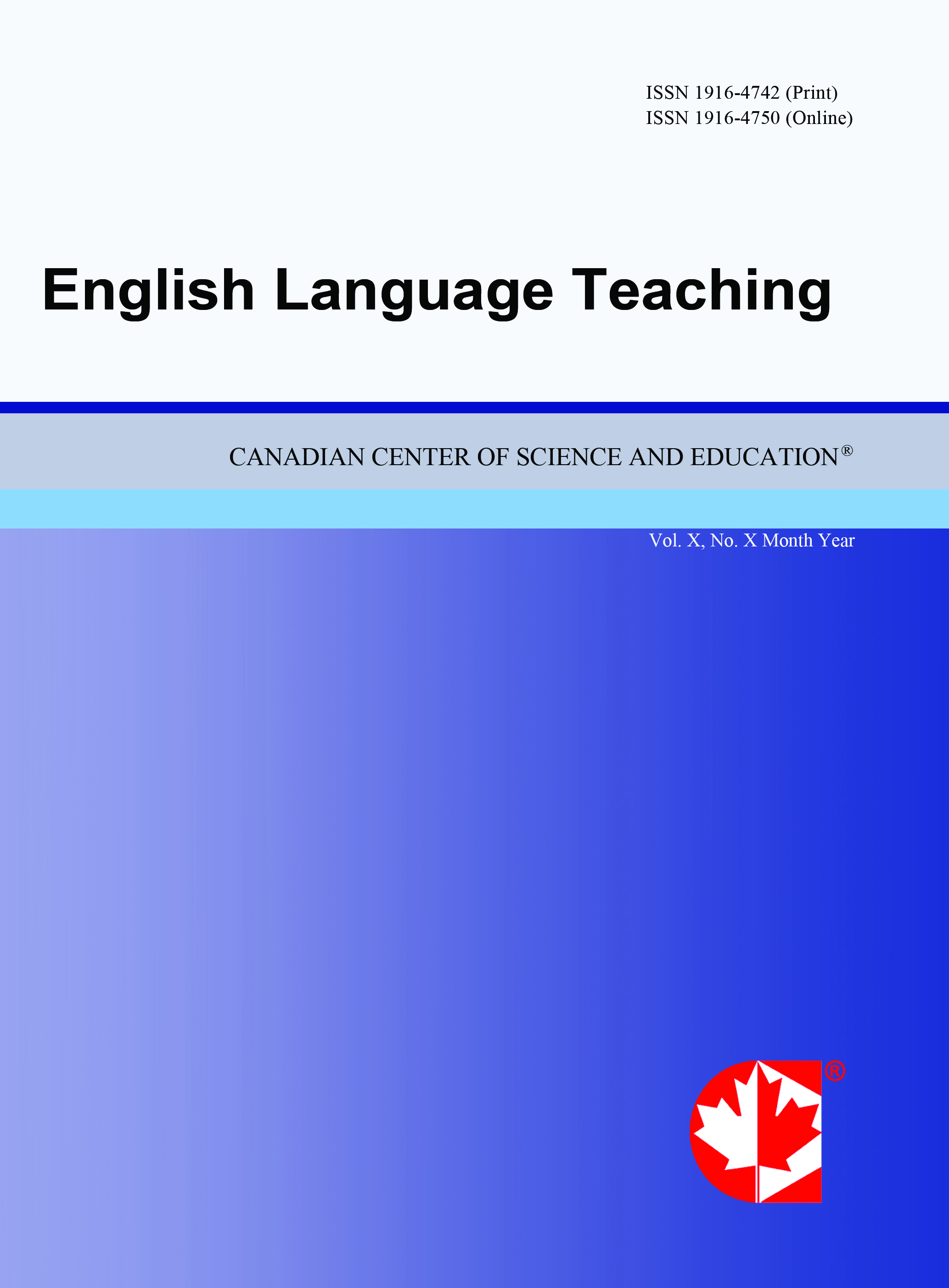Reassessing Instructional Efficiency: Theorization and Optimization of English as a Medium of Instruction in Saudi Undergraduate Classrooms
- Basim Nadhreen
Abstract
Globalization and marketization permeate the imperative to implement English as a medium of instruction (EMI) in institutional atmospheres. For the international harmonization of students and for improved job opportunities, the adaption of media of instructions other than EMI has emerged as detrimental to undergraduates. Determining the educational circumstances requires weighing the optimization and theorization of instructional efficiencies and values. Adhering to native language applications in contemporary classrooms thwarts the internationalization of undergraduates. This paper shows that despite the varied linguistic backgrounds of undergraduates, instructors can implement pedagogical strategies and improve educational quality by using EMI to prepare learners for the global workforce, where capitalization of their higher education skills can be utilized. Proponents have argued that access to English-language resources is paramount for the creation of scholastic excellence and employment opportunities that strike a balance between the affluent and poor backgrounds of students. Switching to English for advanced coursework at the undergraduate level employs structured approaches for academic achievement and language proficiency while reconsidering global trends and implications. EMI supports substantial optimization and theorization to improve results in formative and summative assessments. This study divided 120 participants into three groups based on their linguistic resources and pedagogical perspectives—bilingualism, multilingualism, and experience with EMI. The study determined that EMI improved the students’ performance by up to 84% during the assigned tasks despite minimum subject-specific constraints. The paper theorized and illustrated that EMI optimization should be preferred and capitalized in feedback performance, academic interactions, pedagogical instructions, and knowledge reception and production.
- Full Text:
 PDF
PDF
- DOI:10.5539/elt.v18n11p80
Journal Metrics
1. Citations (February 2025): 97751
2. h-index (February 2025): 132
3. i10-index (February 2025): 1695
For details about the Journal Metrics, please visit the Google Scholar website.
Index
- Academic Journals Database
- CNKI Scholar
- Educational Research Abstracts
- Elektronische Zeitschriftenbibliothek (EZB)
- EuroPub Database
- Excellence in Research for Australia (ERA)
- GETIT@YALE (Yale University Library)
- Harvard Library E-Journals
- IBZ Online
- INDEX ISLAMICUS
- JournalSeek
- JournalTOCs
- LearnTechLib
- Linguistics Abstracts Online
- LOCKSS
- MIAR
- MLA International Bibliography
- NewJour
- Open J-Gate
- PKP Open Archives Harvester
- Publons
- ResearchGate
- ROAD
- SHERPA/RoMEO
- Standard Periodical Directory
- Technische Informationsbibliothek (TIB)
- The Keepers Registry
- Ulrich's
- Universe Digital Library
Contact
- Gavin YuEditorial Assistant
- elt@ccsenet.org
